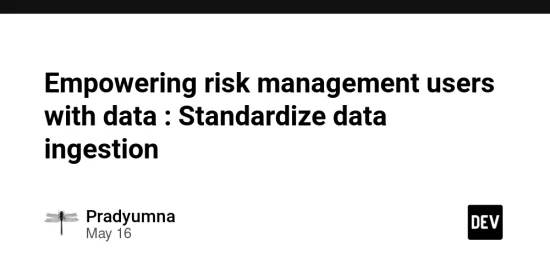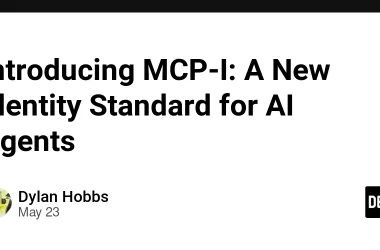Risk management is a key function in banks to identify, access, maintain and monitor various risks. This is very important to ensure compliance with regulatory requirements and stability of the institution to continue investor confidence. Each institution will have its own structure, process to define adherence towards different types of risk functions. Most of Risk functions will involve the below steps =>
Identification: Defining and uncovering potential risks, including their root causes
Assessment and analysis: Evaluating the likelihood and potential impact of risks to prioritize mitigation efforts
Mitigation: Implementing strategies to reduce risk exposure and minimize the likelihood of incidents
Monitoring: Continuously testing, collecting metrics, and addressing emerging trends to ensure the effectiveness of controls
Reporting: Generating reports on the progress of risk management initiatives to provide a dynamic view of the bank’s risk profile
Risk management is crucial now than ever given volatility in the banking industry and new risks emerging with evolution of new risks.
Most Risk functions involve judgement from the users. Key Risk management strategy would be to automate the repetitive processes as much as possible and provide them diverse data points to allow Risk users to focus on key tasks requiring judgement.
There are multiple considerations to automate a process however we will focus on the data aspect.
To automate any steps for above Risk management functions, data will be required. Moreover data is needed from different departments across the institutions.
However there are challenges to solve the data problem :-
Ability to avail data from disparate systems within and outside the institution can be quite cumbersome given data formats, data types and data storage might be different
Transform each source as per compliance needs
Lot of risk functions may require past data availability which may have been in different formats given changes in technology landscape in the last few years. For example, Data storage can be on Cloud or On premise
Lets focus on how to solve this problem of disparate data sources
Step 1=> Standardize a data ingestion layer
Approach 1=> Convert the data from different departments into a consistent format
This can be achieved by building interfaces to convert different types of source data into one consistent format
Pros :
Abstract any source changes only at interface layer where source data is read and transformed to a consistent format
Standardized format for output data
Cons :
Additional data persistence layers might be required. This will increase need to put controls for data processing
Defining common format given volume and size of the data may vary as per different needs
Below diagram shows standardization approach 1 =>
Approach 2 => Define a common interface to ingest the data for Risk management usage
Pros :
Avoids duplicated transformations for each source
Cons :
Defining common format given volume and size of the data may vary as per different needs
Building alignment from each department to publish data in requested format.
Below diagram shows standardization approach 2 =>
Summary =>
Risk management is a critical function for financial institutions
Empowering users with data would be a key strategy
Standardizing data ingestion is a key step towards enabling users with their data needs
References =>
https://www.experian.com/blogs/insights/the-importance-of-risk-management-in-banking/
https://corporatefinanceinstitute.com/resources/career-map/sell-side/risk-management/importance-of-risk-management/#:~:text=The%20Role%20of%20Risk%20Management,-Primarily%2C%20risk%20management&text=These%20potential%20risks%20can%20include,guidance%20to%20mitigate%20risks%20effectively








